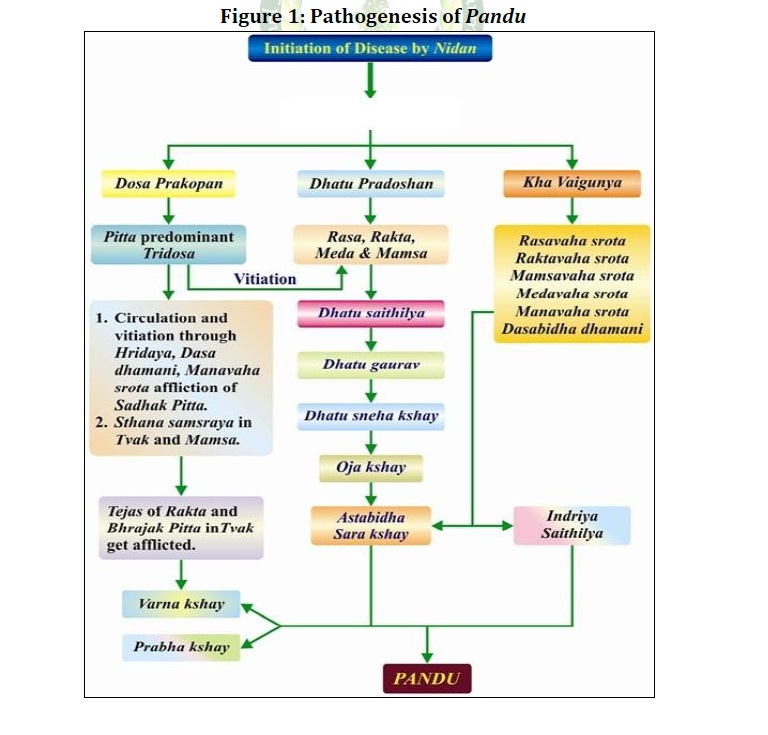Critical Study on Role of Nidan in Causation of Disease w.s.r. to Pandu
DOI:
https://doi.org/10.47070/ijapr.v10i4.2332Keywords:
Nidan, Hetu, Dosha Prakopan, Dhatu Dusti, Kha Vaigunya, PanduAbstract
In the genesis of a disease, Nidan or Hetu (causative factors) play the most crucial role. When vitiated Doshas afflict Dhatus- this conglomeration leads to a state of Vikriti (disequilibrium) in our body which further leads to genesis of one or more disease. In respect of any disease, the role of Hetu can be divided in to three pathways- Dosha Prakopan (vitiation of Doshas by Hetu), Kha Vaigunya (impairment of channels by Hetu) and Dhatu Dusti (vitiation of Dhatus by Hetu). The role of any causative factor in relation with genesis of a particular disease can be viewed in respect with any of these three pathways. In this article, the authors have made an effort to explain the role of Hetu in light of above mentioned concept. To understand it better, we have taken an example of Pandu. Pandu is a disease which has been described with great importance in all major and minor texts of Ayurveda. It is caused by vitiation of Pitta Dosha, mainly Sadhak Pitta and affliction of mainly Rakta Dhatu. The role of each and every Hetu in genesis of Pandu has been explained through their role in Dosha Prakopana (vitiation of Pitta Dosha), Dhatu Dusti (Rakta Dusti) and Kha Vaigunya (impairment of channels).
Downloads



